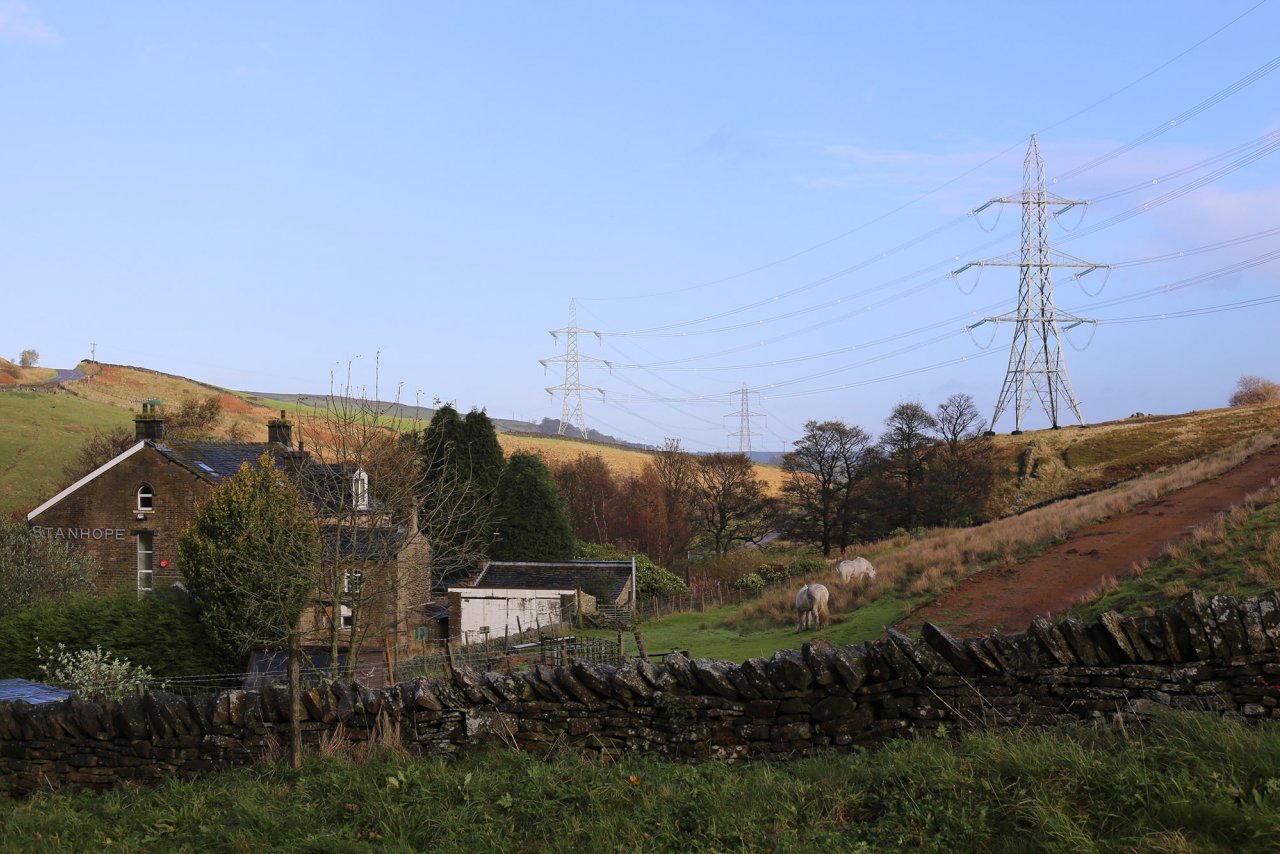National Grid Visual Impact Provision Project (VIP)
England and Wales
| Title: | National Grid Visual Impact Provision Project (VIP), England and Wales |
| Markets: | Infrastructure |
| Client: | National Grid |
| Services: | Landscape planning |
| Region: | United Kingdom |
| Date: | 2015 |
National Grid established the Visual Impact Provision (VIP) Project to reduce the visual impact of overhead lines in the Area of Outstanding Natural Beauty (AONBs) and National Parks.
National Grid commissioned Gillespies, LUC and Professor Carys Swanwick as a collaborative team to work with stakeholders and carry out a systematic comparative assessment of existing overhead lines in AONBs and National Parks. The main challenge was developing a consistent and systematic approach to assessing transmission line impacts across a wide range of landscape types and scenery.
The outcome of the study was the identification of a shortlist of twelve sections of the line. It was agreed with an independent Stakeholder Advisory Group chaired by environmentalist Chris Baines that these had the most significant landscape and visual impacts on designated landscapes. This innovative project received a 2015 National Landscape Institute Award in the Landscape Policy and Research category.
Since then, four sections of line have been subject to more detailed technical and environmental assessment and engagement with stakeholders and communities. Using a £500 million allowance made available by Ofgem, National Grid plans has considered a range of different ways to reduce the visual impact of these sections of line. Given the sensitive nature of these protected areas, replacing existing overhead lines with underground cables has generally proved to be the preferred option both technically and in discussion with local stakeholders.
To support the planning process for removing sections of high voltage overhead line and replacing them with underground cables, Gillespies prepared LVIAs for two of the projects. These are in the Peak District National Park near the Woodhead Tunnel at Dunford Bridge and a 3km section of line across the Dwyryd Estuary in Snowdonia National Park near Porthmadog.






